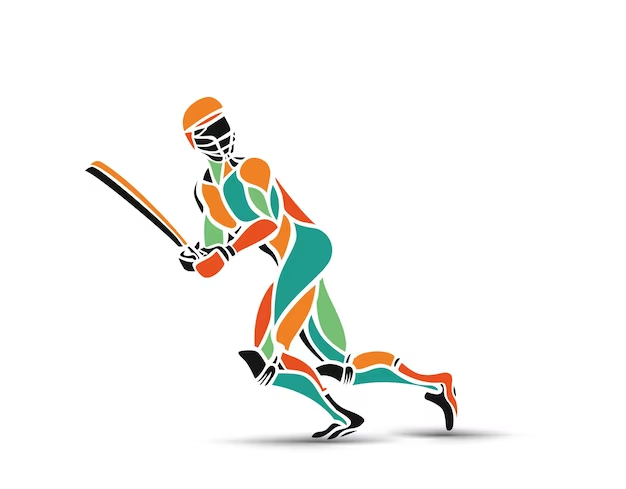Over the past 140 years, technology has become an integral part of cricket, with the first radio broadcast in 1922 in Australia and the first televised match in 1938. As the game evolved, technology improved with more games being broadcast, radio commentary, and the introduction of third umpires. Replays and broadcasting quality also improved, with technology in cricket constantly evolving. It has become increasingly integrated with other technologies, such as cameras, speed guns, spider-cams, Decision Review Systems (DRS), Snicko, and Hotspot. As technology continues to evolve, it is essential for players, umpires, analysts, and everyone involved in the sport. we look at the Top 10 Cricketing Innovations That Changed the Game.
1. The Ball
The cricket ball, created by the Dukes of Kent in 1780, is an indestructible perfection. It consists of six-string lengths and 512 ounces of hard cork encased in leather. The color has changed, from white to pink and orange, but it still doesn’t accommodate playing Test cricket during the day and night while wearing white attire. Some amateur quicks have even lacquered their favorite “net ball” for even more hardness.
2. The Scorebook
Cricket’s scorebook is a classic custom with mysterious codes and odd crevices. Players track their averages, and the game’s obsessive concern with numbers is attributed to the scorebook. The lifelong scorebook artist brings colored pens to matches, ensuring accuracy and avoiding tarnishing their work. Modern score applications simplify and generate metrics.
3. The Bails
Bails in cricket symbolize the willow’s history of dominance over the ball, with early legislators mandating bowlers to remove two sticks. The ritual of removing bails at the end of each session is theatrical, with an LED spotlight added for the Big Bash and the world.
4. Snicko
English computer scientist Allan Plaskett developed a computerized system called Snicko, which uses soundwave recordings to determine a batter’s “snick”. This technology has revolutionized armchair sports analysis, despite its accuracy.
5. The Catching Cradle
The capturing cradle, resembling a beached whale carcass, is crucial for capturing balls. Its high speed causes trainers to scramble to the bar, suggesting a side business. The fourth team consists of young men competing to stand the closest while balls are thrown at high speed.
6. The Sightscreen
The stoic sightscreen is a timeless piece in cricket clubs, aiding batsmen in challenging situations. It’s essential to avoid flimsy sightscreens and perform foreman tasks under the gun to prevent stress fractures.
7. The Merlyn Bowling Machine
Merlyn’s high-tech devices, including bowling machines, have captured public attention with their ability to bowl any delivery known to man. They were allegedly involved in capturing the Ashes in 2005 and won’t lecture for weight gain before tea.
Best performance cars in the world: https://whygovt.com/top-10-performance-cars-in-the-world-of-2023/
8. The Skyer
The Skyer is a rubber mallet introduced in 2008 for training, causing severe harm to English hands exposed to cold weather. It can hang in the air for up to nine seconds, requiring deflecting to avoid injury.
9. Tape Ball
Pakistan’s ‘Tapeball’ has evolved from a traditional street game to a unique and innovative sport. Electrical tape is applied to one side of a softball, creating a hoop and swing. This technique can replicate the qualities of a manipulated leather ball, allowing for a distinctive carving swing. Large manufacturing firms are now selling variations of this street icon.
10. Hawk-Eye
Hawk-Eye revolutionized cricket by delivering Graeme Swann’s successful Test career and changing umpires, fans, and TV broadcasters’ perceptions of LBW shouts, making it fantastic equipment.
Conclusion
Technology has significantly impacted cricket’s evolution over the past 140 years, introducing radio and television broadcasts, tracking tools, and innovations like the ball, scorebook, and Snicko and Hawk-Eye. These Top 10 Cricketing Innovations That Changed the Game have made cricket more accessible, engaging, and fair. As technology continues to evolve, more innovative changes are expected to impact the game and its enjoyment for fans worldwide.
